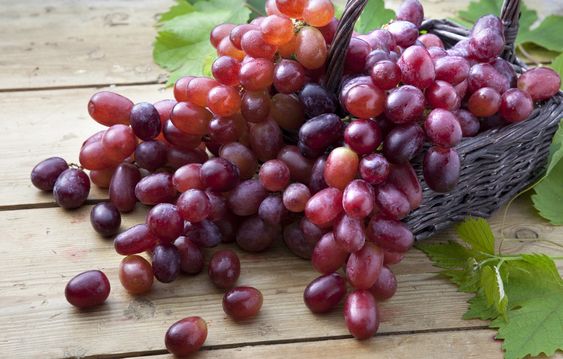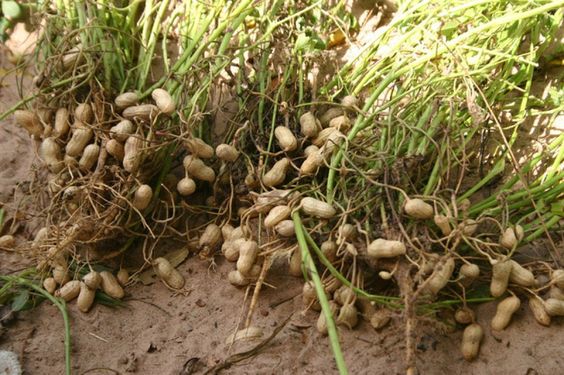Improving crops on agriculture : How Smart Agriculture is Revolutionizing Crop Improvement
Improving crops on agriculture sector faces a complex challenge: feeding a growing global population with a shrinking land base and increasingly unpredictable weather patterns. Traditional farming methods, while essential, are reaching their limits. This is where Smart Agriculture steps in, utilizing technology to revolutionize crop improvement and ensure a more sustainable future for agriculture.
Improving crops on agriculture, also known as precision agriculture, is a data-driven approach that leverages various technologies to optimize farming practices. At the heart of it lies the concept of gathering real-time information about crops and their environment. This data, collected through sensors, drones, and satellite imagery, empowers farmers to make informed decisions regarding every aspect of crop production.
Crop improvement stands to benefit significantly from Smart Agriculture. Here’s how this technology is transforming the way we grow healthier, more resilient crops:
1. Precision Breeding Techniques: Traditional breeding methods, while successful, can be time-consuming and imprecise. Smart Agriculture introduces tools like genomic selection, which analyzes a plant’s DNA to identify desirable traits. This allows farmers to select breeding stock with greater accuracy, leading to faster development of crops with enhanced qualities like pest resistance, drought tolerance, and improved yields.
2. Data-Driven Field Management: Sensor technology plays a crucial role in collecting on-field data such as soil moisture, nutrient levels, and microclimate variations. This granular information allows for customized crop management plans. Farmers can precisely target irrigation based on actual soil moisture content, saving water and optimizing plant growth. Similarly, real-time data on nutrient levels helps in applying fertilizers only where and when needed, reducing waste and minimizing environmental impact.
3. Advanced Pest and Disease Management: Smart Agriculture provides tools for early detection and targeted management of pests and diseases. Camera traps and sensors can identify pest infestations at an early stage, enabling farmers to take preventive measures before significant damage occurs. Additionally, weather data analysis allows for predicting disease outbreaks, allowing farmers to deploy proactive measures to protect their crops.
4. Climate-Smart Crop Management: As climate change disrupts weather patterns, farmers need to be adaptable. Smart Agriculture solutions help farmers analyze weather data and historical trends to select crops best suited to changing conditions. Furthermore, tools like precision irrigation and drought-resistant crop varieties developed through smart breeding enhance resilience during periods of water scarcity.
5. Enhanced Decision-Making: By aggregating data from various sources, Smart Agriculture platforms provide farmers with comprehensive insights into their operations. This allows for informed decision-making around all aspects of crop production, from selecting crop varieties to optimizing resource allocation.
Contents
Smart Agriculture: A Data-Driven Approach to Crop Improvement
Improving crops on agriculture offers a powerful solution to these challenges. By integrating technology like sensors, robotics, and big data analytics into agricultural practices, farmers can gain a deeper understanding of their crops and optimize their growth environment. Here’s how Smart Agriculture empowers crop improvement:
- Precision agriculture Improving crops on agriculture: Sensors embedded in fields collect real-time data on soil moisture, temperature, nutrient levels, and plant health. This allows for targeted application of water, fertilizers, and pesticides, minimizing waste and maximizing resource efficiency.
- Data-driven decision making: Advanced analytics platforms analyze the collected data, providing farmers with actionable insights on irrigation schedules, nutrient needs, and potential disease outbreaks. This enables them to make informed decisions based on real-time conditions, leading to improved crop health and yields.
- Robotic automation: Autonomous robots can perform tasks like weed control, planting, and harvesting with greater precision and efficiency than traditional methods. This frees up valuable time for farmers to focus on more strategic aspects of crop management.
- Advanced breeding techniques: Combining traditional breeding methods with genomics and gene editing can accelerate the development of disease-resistant, drought-tolerant, and high-yielding crop varieties.
Specific Technologies for Targeted Improving crops on agriculture
The toolbox of Improving crops on agriculture Smart Agriculture offers a diverse range of technologies specifically designed to improve crops:
- Soil sensors: These devices monitor soil moisture, temperature, pH levels, and nutrient content. Farmers can use this data to adjust irrigation schedules, fertilizer application, and soil amendments for optimal growth conditions.
- Remote sensing & drones: Satellites and aerial drones equipped with spectral imaging can map crop health across vast fields. This allows for early detection of stress factors like nutrient deficiencies or pest infestations, enabling timely intervention.
- Variable Rate Technology (VRT): VRT optimizes the application of fertilizers, seeds, and water based on real-time data collected from sensors. This ensures that each area of the field receives the precise amount of resources it needs, maximizing efficiency and minimizing waste.
- Controlled Environment Agriculture (CEA): This technology creates a precisely controlled environment for growing crops indoors, using techniques like hydroponics and vertical farming. CEA offers a sustainable solution for growing crops in harsh or arid climates, reducing reliance on traditional farmland.
Empowering Farmers, Ensuring Sustainability
Improving crops on agriculture, however, goes beyond just technological advancements. It empowers farmers by providing them with the tools and knowledge to become more efficient, resource-conscious, and responsive to market demands. Farmers can optimize production costs, minimize environmental impact, and ensure the long-term viability of their land.
This focus on sustainability is a critical aspect of Smart Agriculture. By minimizing water and fertilizer use, promoting biodiversity, and reducing reliance on chemical pesticides, Smart Agriculture contributes to a more sustainable food system, vital for the future of agriculture.
Challenges and the Road Ahead
Despite its immense potential, Improving crops on agriculture faces challenges. The initial investment in technologies can be substantial, and some farmers may lack the technical expertise required to utilize these tools effectively. Additionally, data security and privacy concerns need to be addressed to ensure trust within the agricultural community.
Improving crops on agriculture To overcome these challenges, collaboration is key. Governments, research institutions, and technology companies need to work together to develop affordable, user-friendly Smart Agriculture solutions. Educational programs and training initiatives are crucial in equipping farmers with the knowledge to utilize these tools to their full potential. By working together, we can unlock the full potential of Smart Agriculture and create a future where agriculture is not only productive but also sustainable and resilient.
Conclusion Improving crops on agriculture
Improving crops on agriculture is no longer a futuristic concept; it’s here and rapidly transforming agriculture. By embracing these advancements, farmers can cultivate crops that are not only more productive and resilient but also grown responsibly with minimal environmental impact. With continued technological development, farmer education, and industry-wide collaboration, Smart Agriculture has the potential to secure a bountiful future for agriculture, ensuring food security for generations to come.




